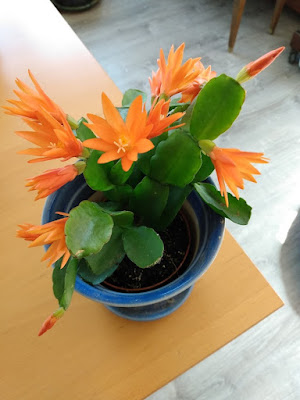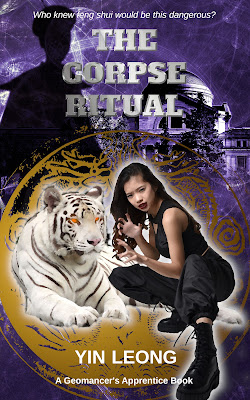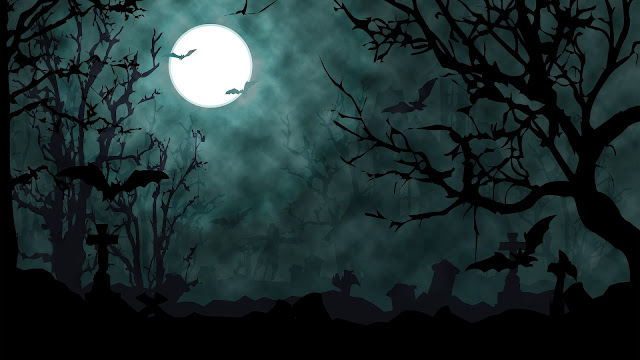Celebrating the Winter Solstice
It’s the winter solstice today. For those of us in the Northern Hemisphere, that means today is the shortest day of the year, and tonight will be the longest night of the year.
Many ancient cultures regarded the winter solstice as a significant event.
It kicked off the 12 nights of the Yuletide (Dec. 21 to Jan. 1) for the ancient Germans. They believed that during this time, a host of ghostly hunters known as the “Wild Hunt” would ride across the night skies. These early Germans held a Yuletide feast to secure blessings from Odin and the other gods for abundant crops and livestock in the spring.
The Roman festival of Saturnalia, held around the winter solstice, celebrated the end of the planting season.
The Chinese viewed the solstice in terms of the ancient philosophy of yin and yang. Under that concept, yin’s dark lunar energy peaks during the solstice, after which yang’s bright solar energy starts to gain dominance.
The Chinese winter solstice festival—known as “Dongzhi,” or “winter’s arrival”—has been observed for more than 2,000 years. It is a time for families to gather together and eat traditional foods and hearty warm meals to counteract winter’s chill.
Other solstice festivals that are still celebrated:
• The Pueblo, Zuni and Hopi peoples see the solstice as a time of renewal, marking it with a sacred ritual known as the Soyal Ceremony.
• The Persians’ Yalda festival celebrates light’s victory over the dark.
Meanwhile, thousands of Pagans, Druids, Wiccans and tourists gathered at Stonehenge today to watch the sun rise over the prehistoric monument. The structure’s stones were placed so as to align with the sun during the solstices.
While the true purpose of the megalithic structure may never be known, archaeologists believe that ancient Britons gathered at Stonehenge during the midwinter to take part in feasts and ceremonies.






Comments
Post a Comment